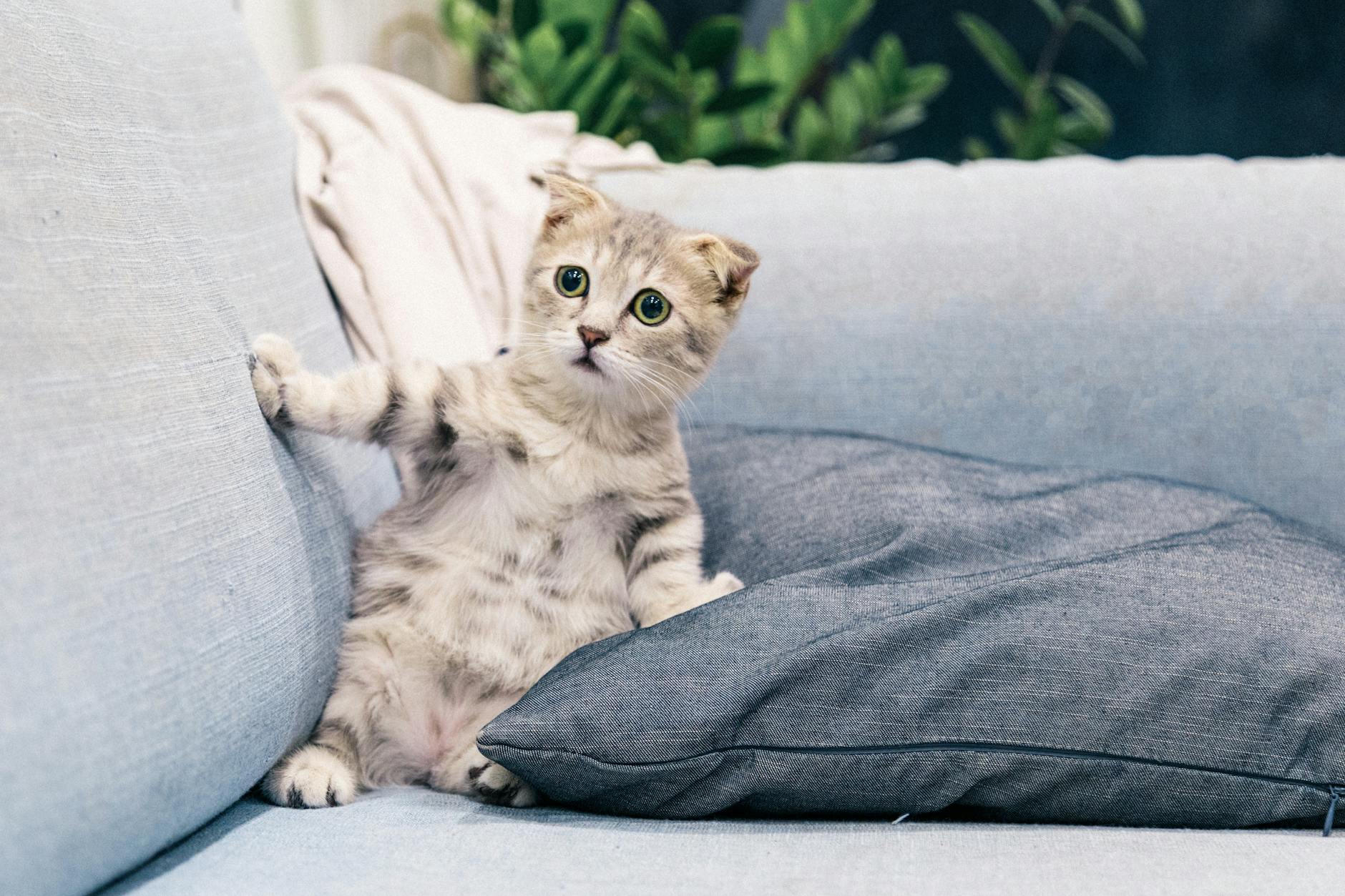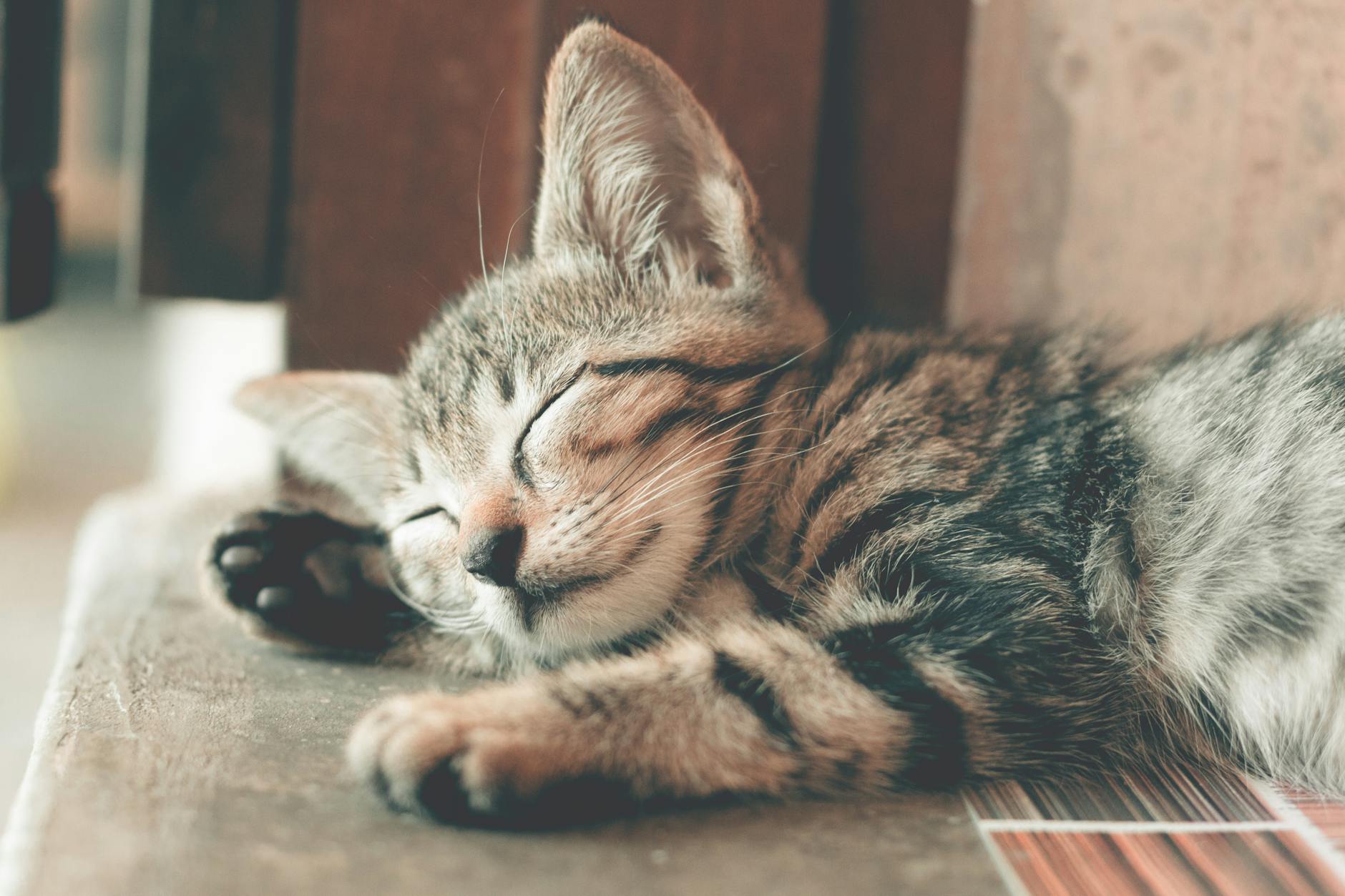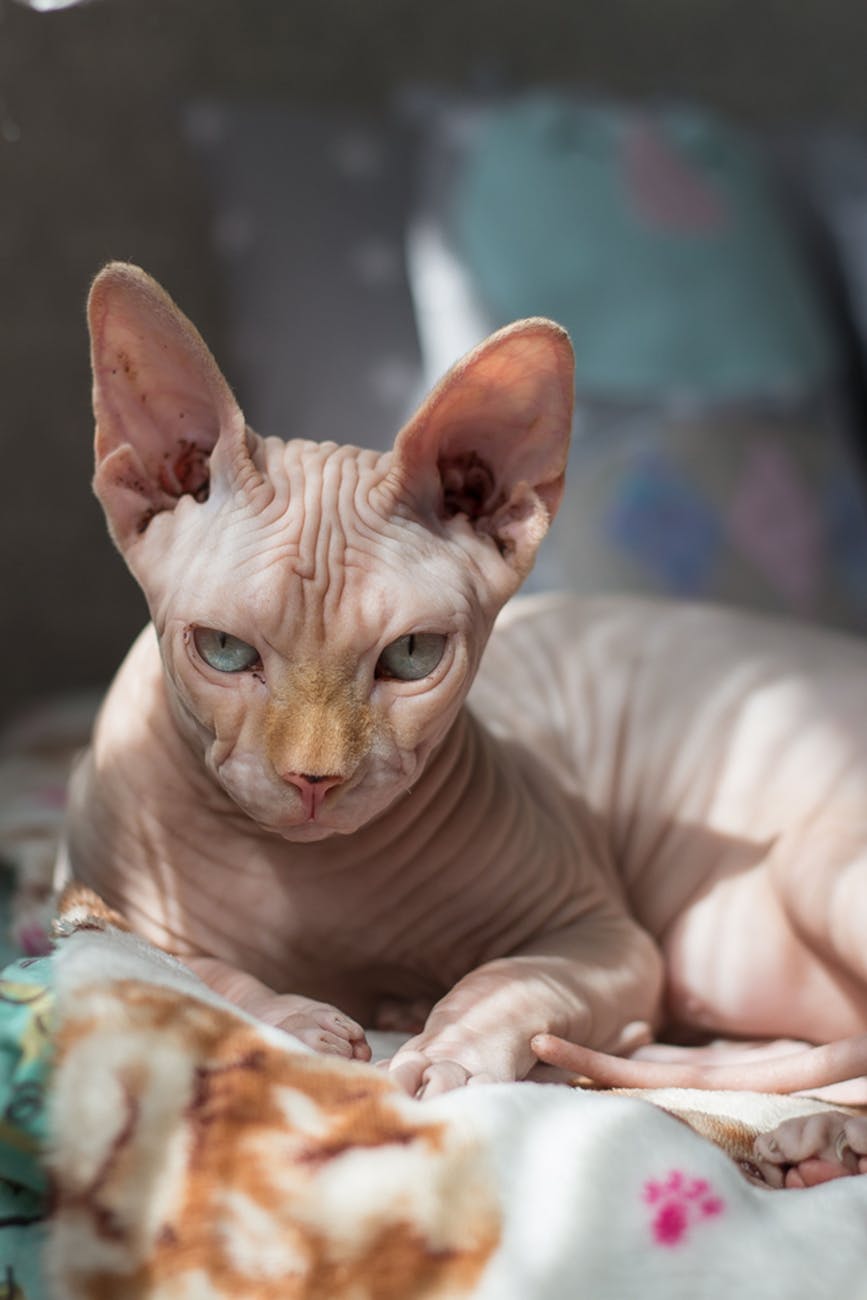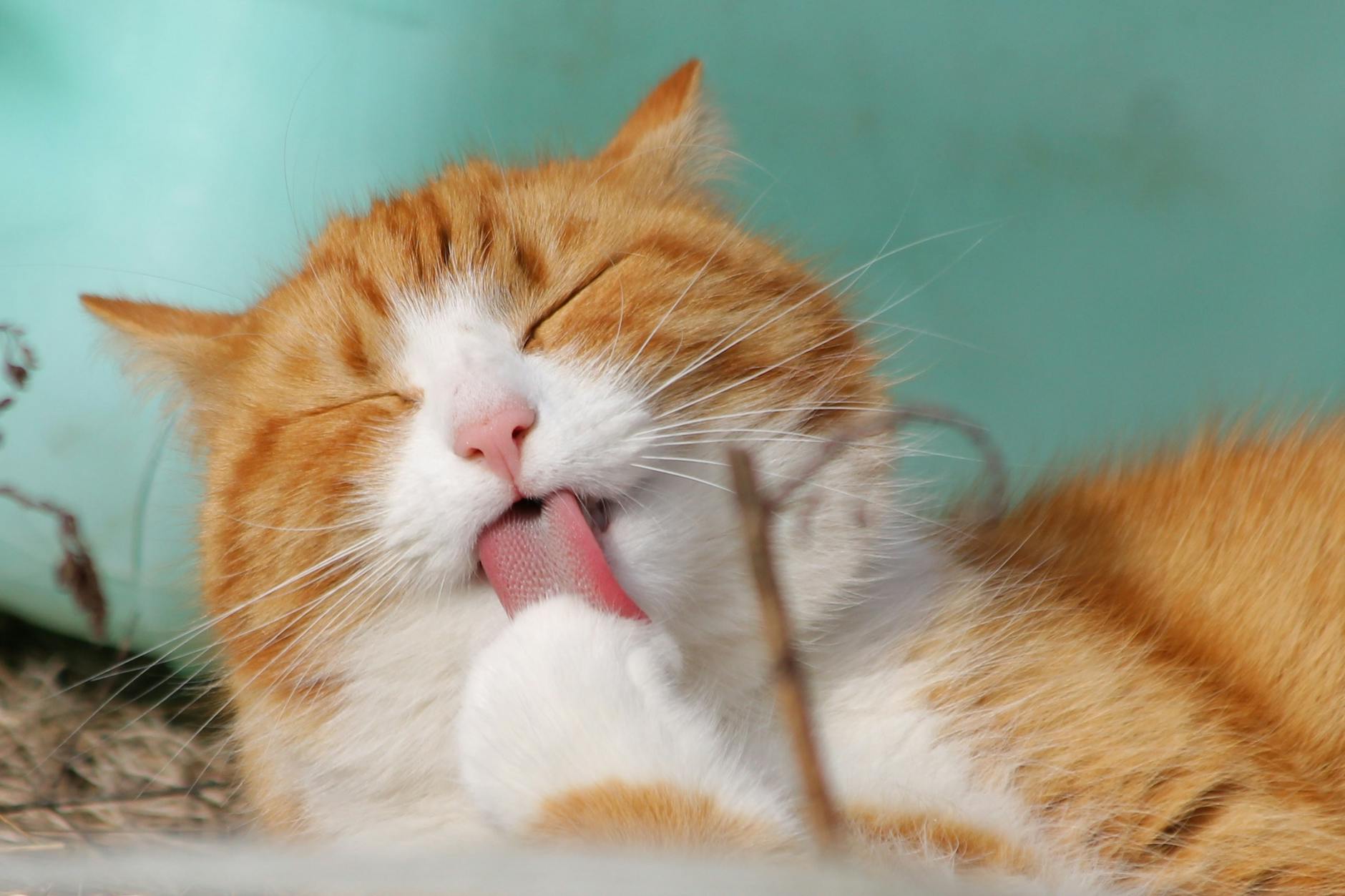When exploring the fascinating question of "does a cat have opposable thumbs," many pet owners may be surprised by the anatomical structure of feline paws. While cats do not possess true opposable thumbs like humans, their unique paw design allows for remarkable agility and dexterity. Understanding feline anatomy reveals how these animals interact with their environment and use their paws in everyday activities. This exploration not only clarifies common misconceptions but also highlights the evolutionary adaptations that make our furry friends so remarkable.
Understanding Opposable Thumbs in Animals
Opposable thumbs play a crucial role in the dexterity and manipulation of objects in various animals. These specialized digits allow for gripping, holding, and precise movements.
Key Characteristics of Opposable Thumbs:
- Flexibility: Opposable thumbs can rotate and touch other fingers, enhancing grip strength.
- Range of Motion: They allow for complex hand movements, including pinching and holding.
- Functionality: Animals with opposable thumbs can perform tasks like climbing, grasping tools, and hunting more effectively.
Animals with Opposable Thumbs:
- Primates: Humans and other great apes showcase well-developed opposable thumbs, which provide great dexterity.
- Some Marsupials: For example, the koala has thumb-like digits to aid in climbing.
- Certain Birds: The African Grey Parrot possesses an opposable toe, offering impressive grip abilities.
In contrast, when considering the question "does a cat have opposable thumbs?" the answer is no. While cats possess agile paws and claws, they lack true opposable thumbs, limiting their ability to grasp and manipulate objects like primates. This distinction highlights the unique evolutionary paths different species have taken regarding their limb functionality.

Overview of Feline Anatomy
Understanding feline anatomy is essential to answer the question, does a cat have opposable thumbs? Cats possess a unique skeletal and muscular structure that enables them to be agile and versatile hunters. Here are some key features of feline anatomy:
Skeletal Structure: Cats have a flexible spine, allowing for impressive jumps and twists. Their skeletal framework comprises 230 to 250 bones, depending on tail length.
Muscle Composition: Felines are built with powerful muscles, especially in their forelimbs, which aids in climbing and jumping.
Paw Anatomy: Unlike humans, cats’ paws feature a different structure. Their digits include:
- Claws: Retractable claws help with gripping and climbing.
- Pads: Soft pads provide traction and protect their bones.
Limitations of Thumbs: When we ask, does a cat have opposable thumbs?, the answer is no. While they have five digits on each front paw, none function as opposable thumbs like in primates.
Overall, understanding feline anatomy highlights the differences and adaptations that make cats exceptional creatures, even if they lack opposable thumbs.
The Structure of a Cat’s Paw
When exploring the question, does a cat have opposable thumbs, it’s essential to understand the remarkable structure of a cat’s paw. Cats possess unique adaptations that enable them to thrive in their environments. Here’s a closer look:
Digits: Cats typically have five toes on each front paw and four on each back paw. The extra "thumb" on the front is often referred to as a dewclaw, but it does not function like a human thumb.
Bones: The cat’s paw contains multiple small bones, known as phalanges, which provide flexibility and agility. This structure allows for swift movements and precise landings.
Claws: Each digit features retractable claws. When a cat extends its claws, it showcases an impressive grip and fighting capability.
Comparison Table: Cat Paws vs. Human Hands
| Feature | Cat Paws | Human Hands |
|---|---|---|
| Number of Digits | 18 total (5 fronts, 4 backs) | 10 total (5 on each hand) |
| Opposable Thumb | No | Yes |
| Claws | Retractable | Fixed nails |
| Flexibility | High | Moderate |
In summary, while does a cat have opposable thumbs may result in a no, their paws’ structure is perfectly suited for their lifestyle.
Comparison of Cat Paws to Human Hands
When we ponder the question, does a cat have opposable thumbs, it’s crucial to compare their paws to human hands. While humans rely on dexterous hands equipped with opposable thumbs for varying tasks, cat paws function differently. Here’s a concise breakdown of the key differences:
| Feature | Cat Paws | Human Hands |
|---|---|---|
| Structure | Four digits plus a dewclaw | Five digits |
| Thumb Function | Limited range of motion | Highly flexible and mobile |
| Grip Ability | Gripping with claws | Precision grip due to opposable thumb |
| Sensory Feedback | Fewer sensory receptors | Rich sensory feedback via fingertips |
| Use in Climbing | Excellent for climbing | Limited, mainly for stability |
Although cats do not have true opposable thumbs, their paws adapt to various tasks.
- Climbing: Cats excel in this arena due to their retractable claws and paw structure.
- Hunting: Their paws allow stealth and agility, essential for a successful hunt.
In conclusion, while does a cat have opposable thumbs remains an untrue statement, feline anatomy caters perfectly to their lifestyle and survival needs, showcasing remarkable adaptations.

Functional Uses of Cat Digits
When examining the question, does a cat have opposable thumbs, it’s essential to explore how a cat’s digits function in its daily life. While cats do not possess true opposable thumbs like humans, their paws are remarkably versatile. Here are the main functional uses:
Gripping and Hunting: Cats use their sharp claws to grip prey firmly, allowing them to hold onto smaller animals with ease. Their paw structure aids in swift movements during hunting.
Climbing: The curvature of their claws helps them climb trees and fences. While climbing, cats naturally use their paws to push off surfaces and stabilize themselves.
Grooming: Cats are meticulous groomers, using their front paws to clean themselves. They can also bring food to their mouths effectively.
Injury Defense: Cats can retract their claws when not needed, protecting their digits while walking on soft surfaces.
In summary, even though does a cat have opposable thumbs is an intriguing question, their paw design offers numerous functional advantages that enhance their survival skills.
The Role of Thumbs in Cat Behavior
When considering the question, does a cat have opposable thumbs, it’s essential to understand how a cat’s anatomy influences its behavior. Although cats lack true opposable thumbs like humans, their paws exhibit unique traits that contribute to their remarkable agility and dexterity. Here are a few key points to highlight:
Grasping and Climbing: Cats utilize their paw structure to grasp objects, aiding in climbing and exploration. Their retractable claws act like a natural grip, making it easy to scale trees and furniture.
Hunting Skills: A cat’s ability to manipulate its environment plays a crucial role in hunting. They can swipe at prey with precision, demonstrating natural coordination similar to thumb functions.
Communication: Cats express emotions through their paw movements. A gentle tap or kneading behavior can signal affection, while a swat may indicate annoyance.
Play Behavior: Kittens often engage in play that mimics hunting. Their ability to bat and capture with their front paws showcases the importance of their digits in socialization and skill development.
In conclusion, although does a cat have opposable thumbs as humans do, their paws’ design allows for impressive functionality that greatly affects their behavior.
Evolutionary Perspective on Feline Limbs
When exploring whether does a cat have opposable thumbs, it’s essential to consider the evolutionary background of feline limbs. Unlike primates, cats evolved in a way that prioritized agility and hunting efficiency over the development of an opposable thumb. Here’s a closer look:
Evolutionary Adaptation: Cats are carnivorous predators, and their paws are designed for:
- Swift movement
- Stealthy stalking
- Effective grasping during catch and kill
Paw Structure:
- Cats possess five digits on each paw, but the "thumb" is a remnant and less functional compared to human thumbs.
- This configuration supports better balance and hunting techniques, allowing for sharp retractable claws.
Functional Differences:
- Unlike humans’ ability to manipulate objects with opposable thumbs, cats use their paws in fluid, agile motions that help them:
- Climb
- Grip prey
- Scratch surfaces
- Unlike humans’ ability to manipulate objects with opposable thumbs, cats use their paws in fluid, agile motions that help them:
In summary, while does a cat have opposable thumbs can be a curious question, the evolutionary design of feline limbs emphasizes agility and effectiveness in their natural hunting roles rather than the dexterity found in human hands.

Common Myths About Cat Anatomy
When it comes to understanding feline anatomy, several myths persist, especially regarding the question, "does a cat have opposable thumbs." Let’s debunk some common misconceptions:
Myth 1: Cats Have Thumbs Like Humans
Fact: Cats do not possess opposable thumbs like humans. Their paws include a “dewclaw,” which resembles a thumb but lacks the dexterity and functionality that human thumbs offer.Myth 2: All Cat Breeds Are the Same
Fact: Different breeds can exhibit varying paw structures, but none have true opposable thumbs. For instance, the Manx breed has unique paw shapes, yet they still lack functionality similar to human hands.Myth 3: Cats Can Easily Learn to Use Their Paws Like Hands
Fact: While cats can manipulate objects using their paws, their anatomy is not designed for grasping or holding like a human’s. They can perform simple tasks, but their abilities remain limited.
Understanding these myths clarifies that while does a cat have opposable thumbs is a fascinating inquiry, the feline paw is notably different from human anatomy in function and structure.
Frequently Asked Questions
Do cats have opposable thumbs?
No, cats do not have opposable thumbs like humans do. While they have a unique anatomy that includes a semi-opposable digit, their thumbs are not as flexible or functional as human opposable thumbs. Cats possess a small digit on their front paws, known as the dewclaw, which serves a different purpose and doesn’t allow them to grasp or manipulate objects in the same way humans can.
What is the function of a cat’s dewclaw?
A cat’s dewclaw, often compared to a thumb, is primarily used for gripping and provides extra traction when climbing or running. Despite its limited opposability, the dewclaw helps cats catch prey and maintain balance. This anatomy allows felines to be agile hunters, as they can hook onto surfaces during their agile movements, contributing to their overall dexterity and effectiveness in navigating their environments.
Why do some animals have opposable thumbs while others do not?
The presence of opposable thumbs is largely a result of evolutionary adaptation to an animal’s environment and lifestyle. Animals that require complex manipulation of objects, such as primates, have developed fully opposable thumbs to aid in foraging, climbing, and tool use. In contrast, cats have evolved to be hunters, relying more on speed and agility, which means their anatomy has adapted differently to suit their hunting needs rather than object manipulation.
How does a cat’s paw anatomy differ from that of a human hand?
A cat’s paw anatomy is distinctly different from a human hand. Cats have five toes on their front paws, which include a dewclaw; however, their toe arrangement is designed for different functions. Unlike humans, whose hands are structured for fine manipulation and tool use, a cat’s paws are designed for silent walking, climbing, and hunting. Their paws feature retractable claws, enabling them to extend their claws for grip when needed while keeping them retracted when walking.



